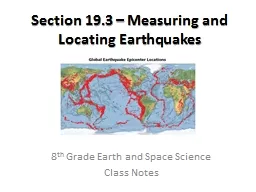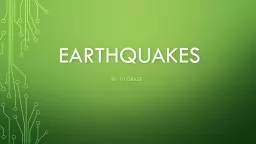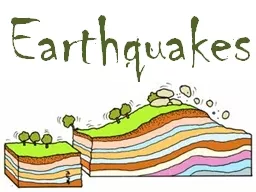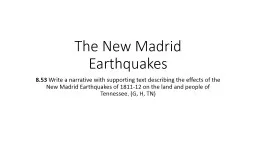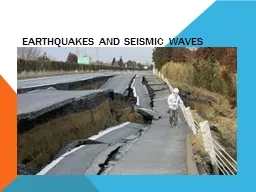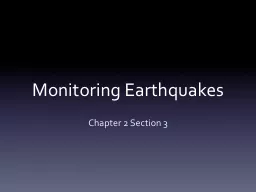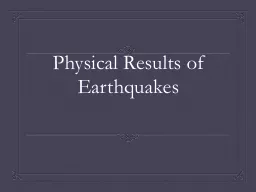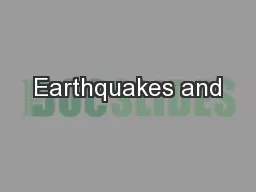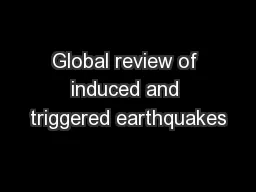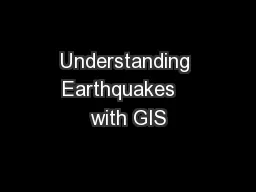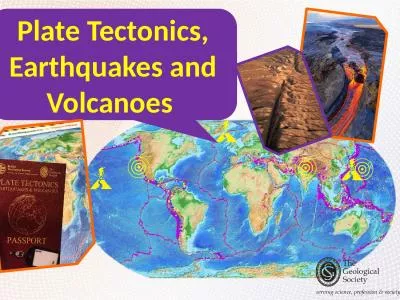PPT-Section 19.3 – Measuring and Locating Earthquakes
Author : tatyana-admore | Published Date : 2018-10-21
8 th Grade Earth and Space Science Class Notes Earthquake Magnitude and Intensity Richter scale measures the magnitude energy of an earthquake Determined by the
Presentation Embed Code
Download Presentation
Download Presentation The PPT/PDF document "Section 19.3 – Measuring and Locating ..." is the property of its rightful owner. Permission is granted to download and print the materials on this website for personal, non-commercial use only, and to display it on your personal computer provided you do not modify the materials and that you retain all copyright notices contained in the materials. By downloading content from our website, you accept the terms of this agreement.
Section 19.3 – Measuring and Locating Earthquakes: Transcript
Download Rules Of Document
"Section 19.3 – Measuring and Locating Earthquakes"The content belongs to its owner. You may download and print it for personal use, without modification, and keep all copyright notices. By downloading, you agree to these terms.
Related Documents

